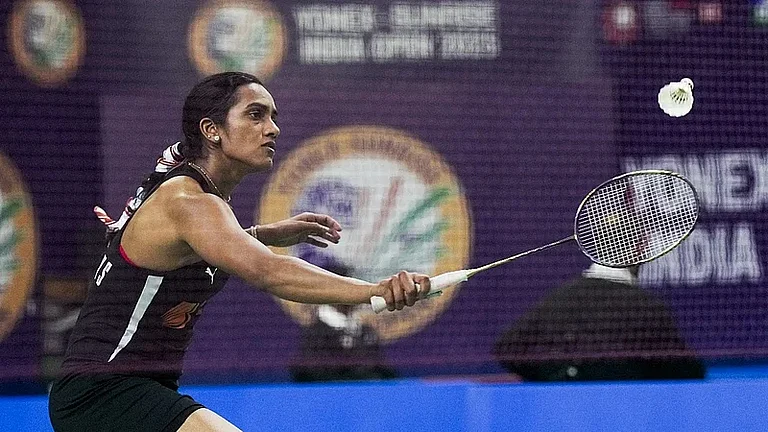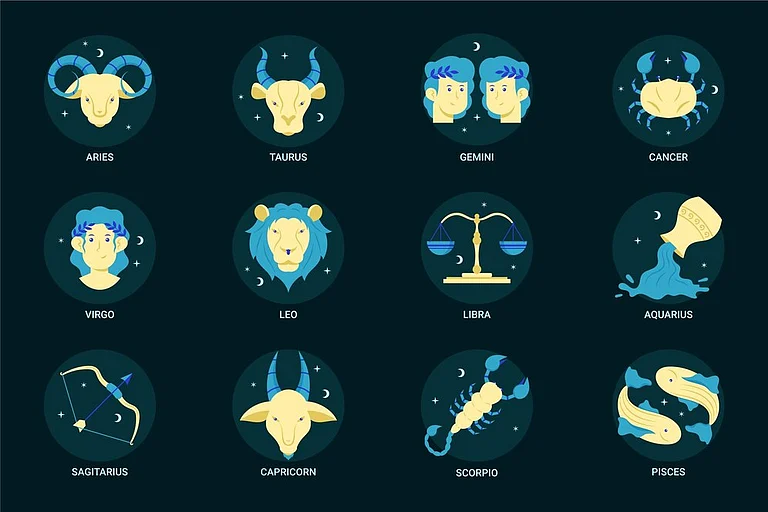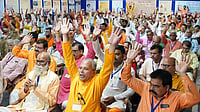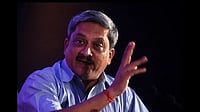In 2015, a new batch of ration cards issued in the port town of Vasco da Gama pulled Goa back into the vortex of history. The cards appeared to have rechristened the port town as Sambhajinagar, after Maratha king Shivaji’s ambitious son. It was later officially denied.
Sambhaji tends to evoke strong reactions among the followers of St. Francis Xavier, a 16th century Spanish Jesuit priest regarded as the patron saint of Goa and whose relics are entombed in one of the state’s most iconic churches, the Basilica of Bom Jesus. Sambhaji was on the verge of attacking Portuguese-held Goa in 1683 when the region’s Governor Dom Francisco De Tavora buckled. He opened the casket which held the Jesuit priest’s remains and placed his official sceptre in the dead saint’s hand, as if handing over his fate, and that of the land he governed, to the saint. His ‘miracle’, according to Christian lore, is believed to have ‘saved’ Portuguese Goa from Sambhaji’s onslaught.
ALSO READ: Tears Of The Mermaid: The Melancholy Of Goa
Cut to 2022. New miracles are in the process of being re-invented. The legacy of St. Francis is being questioned by the BJP-led coalition government, which has pitched mythical sage Parashuram against the Navarra-born saint. Parashuram, according to former state RSS chief Subhash Velingkar, shot an arrow into the Arabian Sea, which pushed the waters back to the horizon, creating a wetland now known as Goa. “Francis Xavier is not the protector of Goa, Parashuram is. Xavier, through the Goa Inquisition, committed atrocities on Goans,” Velingkar says.
Velingkar’s claim comes on the heels of the coalition’s latest initiative to restore temples destroyed by the Portuguese colonists, in a bid to cajole a wave of Hindu revivalism in Goa. For generations now, the awkward absence of consistent and rigorous public discourse about Goa’s colonial history had led to a tentatively harmonious co-existence of Hindus, Catholics and Muslims in the state. But the state’s rapidly changing demography due to in and out-migration patterns, as well as the consolidation of the Hindu right-wing in positions of authority, have led to questions being asked about history. The most recent communal clash in the state occurred on the occasion of Ram Navami in April. Organisations like the Sanatan Sanstha, headquartered in Goa, claim that its cred is “teaching spirituality comprehensively”, but it also believes that forming a Hindu nation “is the only answer to all problems” in the country.
During 2008-2017, Goa witnessed nearly 150 cases of desecration of Hindu idols and Catholic crosses across the state. The first wave, lasting a couple of years, forced the police to recruit a paid civilian militia to trace the culprits. A 50-year-old taxi driver was arrested in connection with the second wave of desecrations, mostly Catholic crosses.
The desecration of religious symbols, however, has added to the growing sense of unease among the people, exacerbated by comments like the one made by Sadhvi Saraswati from Madhya Pradesh, who in 2017 during an all India Hindu convention in Goa, who claimed that beef eaters—nearly a third of the state’s population, and comprising of minority communities—should be “hanged in public”. The BJP appears to be exploiting the battle of religious optics. While restoration of temples is one such example, Chief Minister Pramod Sawant unveiled what is being claimed as the country’s biggest statue of Shivaji, at Chicalim near Vasco da Gama. In another speech the same day, Sawant said: “Shivaji Maharaj ruled Goa too. Many have tried to erase this part of history. The Portuguese ruled Goa (only) for 450 years, that too only in a few talukas.” The CM is not entirely off the mark. The Portuguese sway over Goa did not last half-a-millennium as is generally perceived. Quite like the BJP dispensations that ruled Goa over the last two terms, which were packed with turncoat leaders from the Congress.
(This appeared in the print edition as "Temple Run")
ALSO READ


























